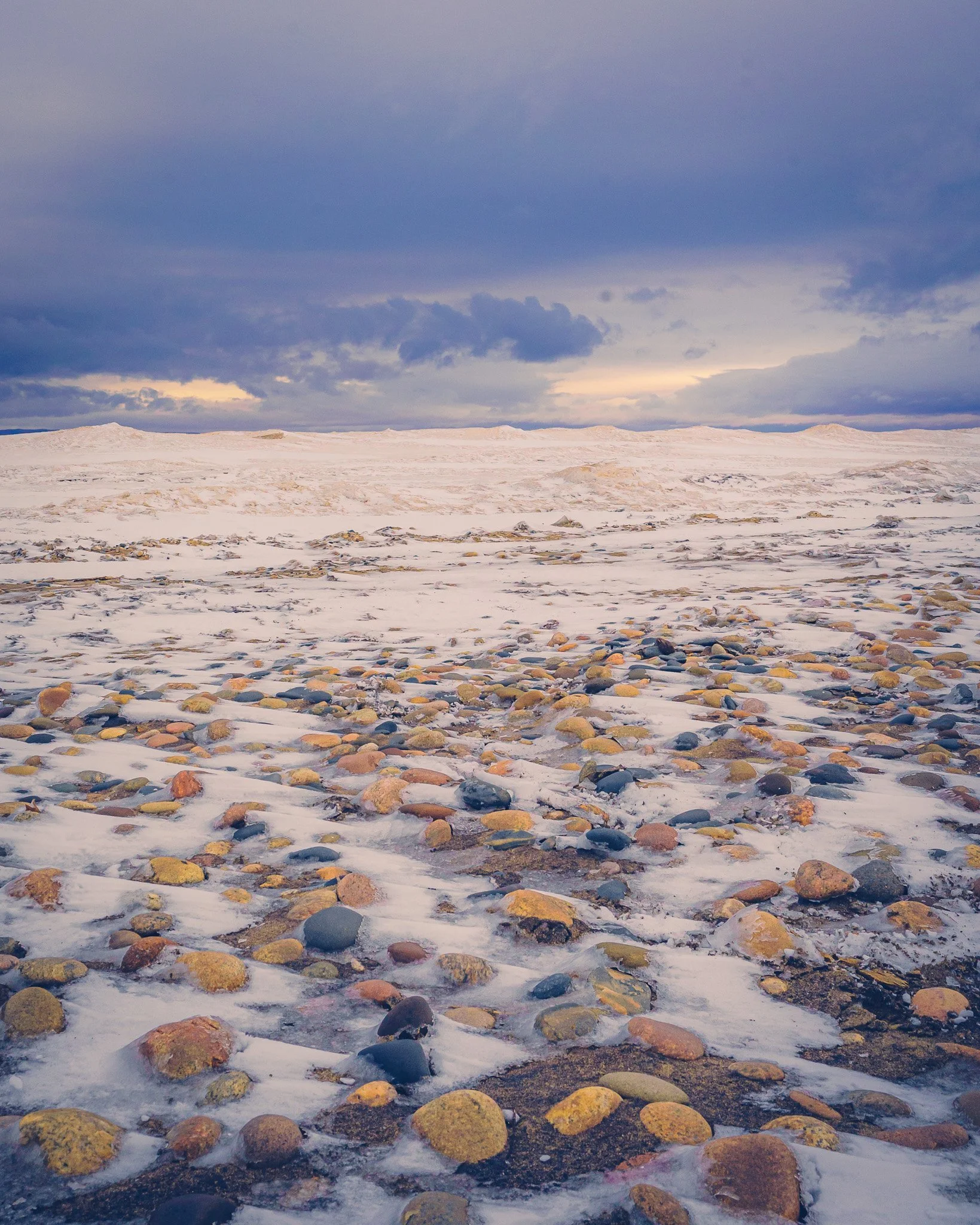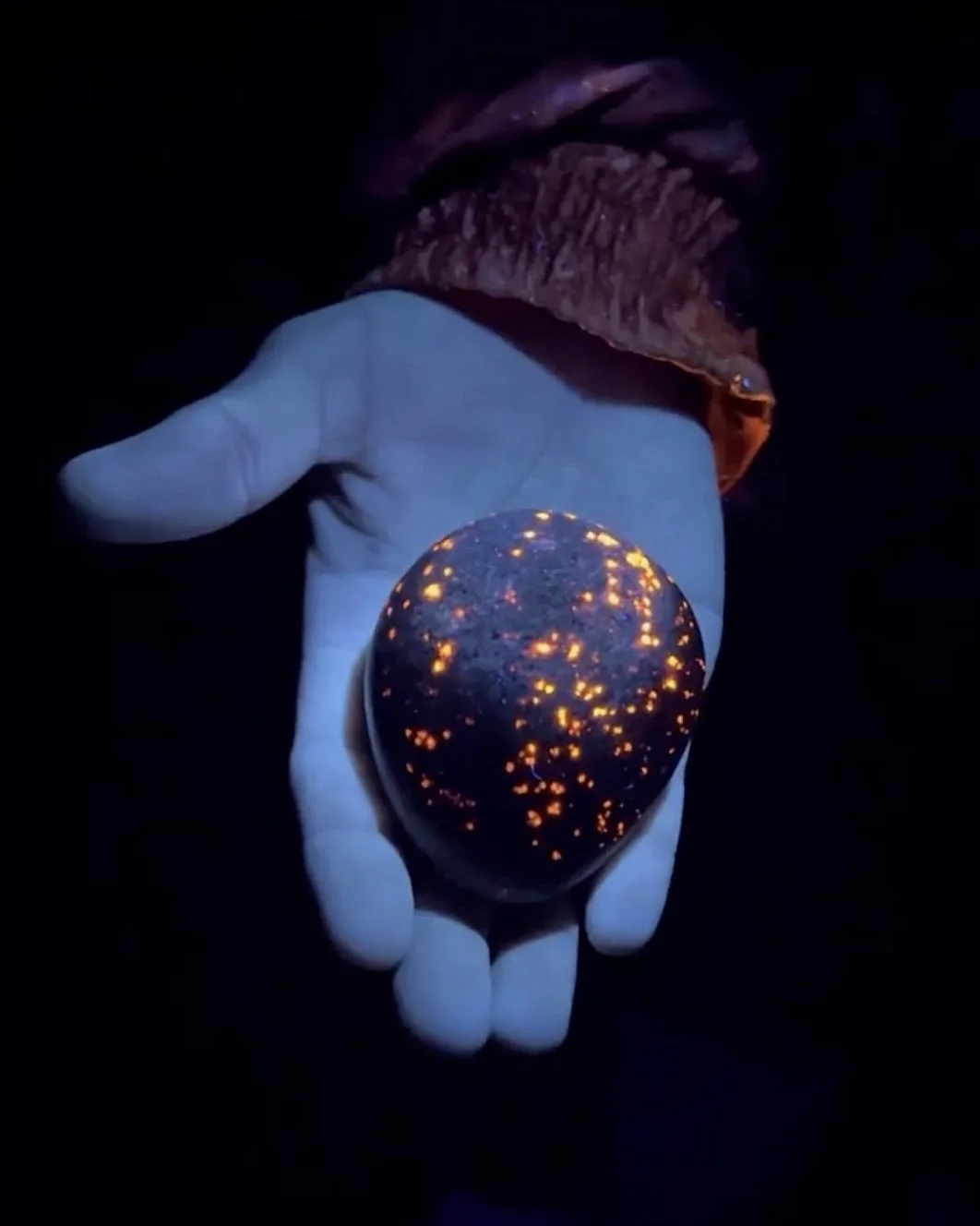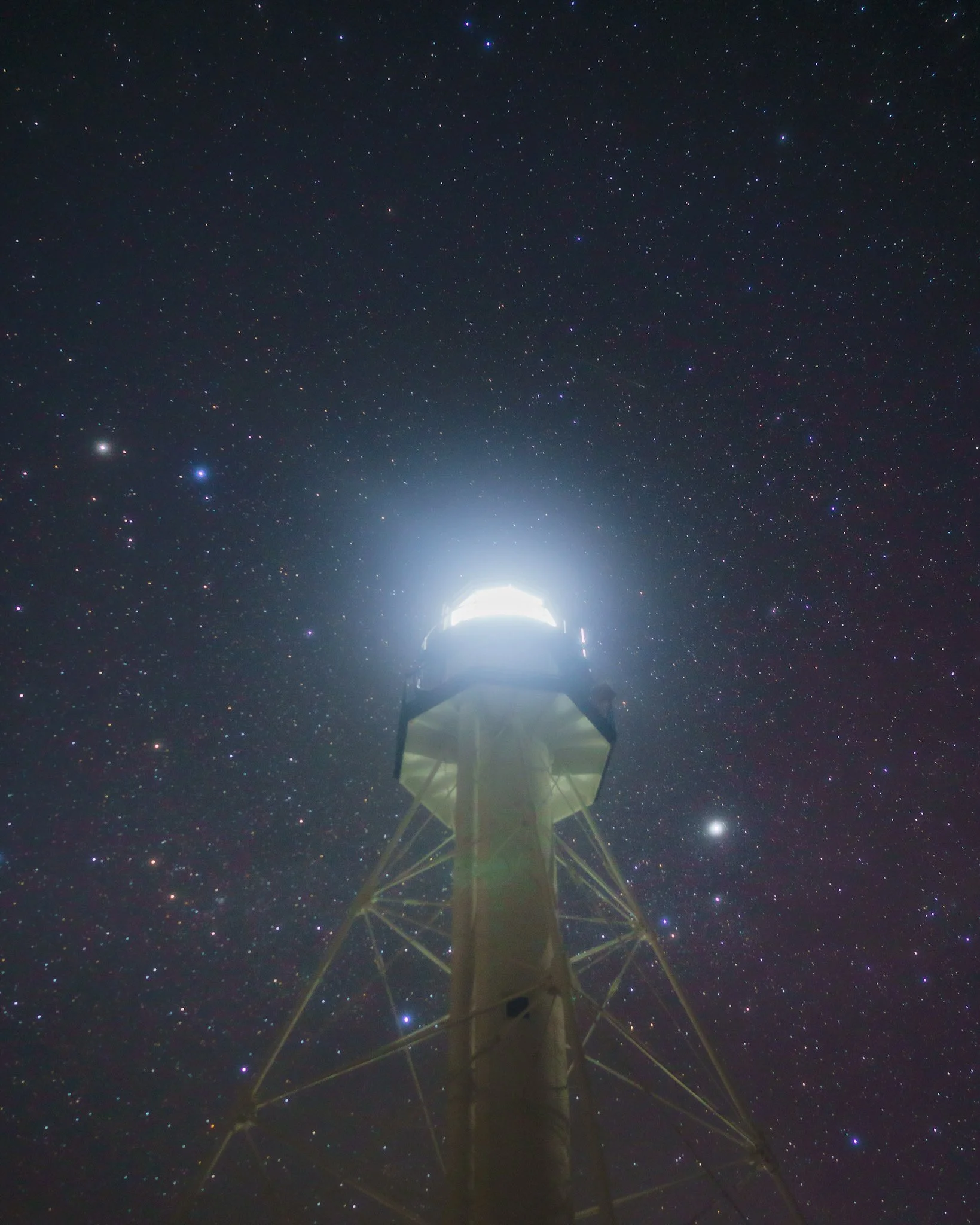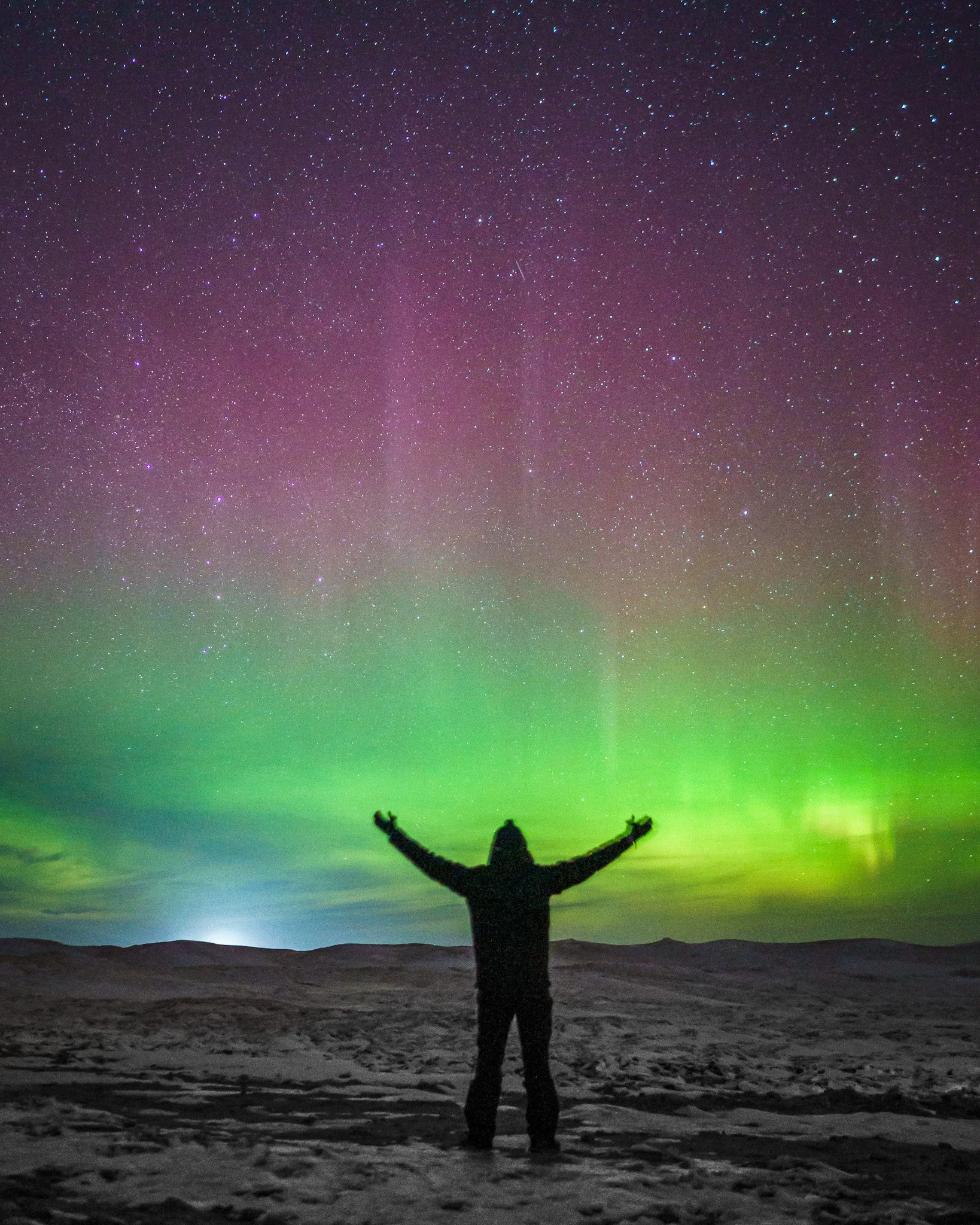Chasing the Northern Lights in Michigan’s Upper Peninsula – Lake Superior Night Sky Adventure
Chasing the Northern Lights in Michigan’s Upper Peninsula
A Spring Road Trip for Stargazers, Photographers, and Nature Lovers
In late March, I took a weeklong road trip to Michigan’s Upper Peninsula (UP) with one goal: to see the Northern Lights (Aurora Borealis) over Lake Superior. The UP is one of the best places in the continental U.S. to view this incredible natural light show—and it didn’t disappoint.
Why Michigan’s UP is a Top Spot to See the Aurora Borealis
Michigan’s Upper Peninsula, especially along Lake Superior, offers several key ingredients for aurora viewing:
Dark skies with minimal light pollution
North-facing shorelines with a flat horizon
A higher latitude, which improves the chances of catching an aurora
While it’s technically possible to see auroras in states like New York or Pennsylvania, it’s rare and usually faint. The UP offers a much better shot—especially during times of high solar activity.
What Makes Now a Great Time to See the Northern Lights?
We’re currently approaching a solar maximum, the most active phase in the Sun’s 11-year cycle. During this period, the Sun emits more coronal mass ejections (CMEs)—huge bursts of solar plasma that interact with Earth’s magnetic field. These interactions are what produce the aurora borealis.
If you’re planning to see the Northern Lights, now is one of the best times to go. The years 2024 through 2025 mark the peak of the solar maximum, a period in the Sun’s 11-year cycle when solar activity—and aurora potential—is at its strongest. On top of that, the spring and fall equinoxes (March and September) are known for producing more intense aurora displays, thanks to the way Earth’s magnetic field interacts with solar wind during these seasonal shifts. That’s exactly why I chose to plan my Northern Lights trip for late March in Michigan’s Upper Peninsula—the timing just lined up perfectly with both the solar cycle and an equinox window.
Whitefish Point: A Hidden Gem for Night Sky Photography
For most of my trip, I stayed near Whitefish Point, located on the eastern edge of Lake Superior. It’s not the most famous aurora-viewing location in the UP, but it’s quiet, accessible, and has stunning views of the horizon.
Although places like Copper Harbor and Pictured Rocks are popular, I opted for Whitefish Point to stay close to my base and adapt to unpredictable spring weather.
Weather Challenges: Clouds, Cold, and Frozen Shorelines
Even though it was officially spring, winter conditions still dominated the UP. Lake Superior was mostly frozen, winds were bitter, and cloudy skies lingered for most of the week. I was starting to think I might not see the Northern Lights at all.
Luckily, I packed layers—and a bit of patience.
Winter on Lake Superior’s rocky shoreline in Michigan’s Upper Peninsula. Colorful stones peek through ice and snow as the lake remains frozen beneath a moody sky.
Crossing the Mackinac Bridge into the Upper Peninsula
To reach the UP from Buffalo, NY, I crossed the Mackinac Bridge, which connects Michigan’s Lower and Upper Peninsulas. Known as the “Mighty Mac,” the bridge:
Spans 26,372 feet
Opened in 1957
Is the longest suspension bridge between anchorages in the Western Hemisphere
It’s a scenic marvel—and a great photo opportunity if you’re into architectural photography.
The iconic Mackinac Bridge lit up at night under a star-filled sky, connecting Michigan’s Lower and Upper Peninsulas. A scenic winter gateway to the UP.
Nighttime Encounters: Yooperlite Rock Hunters
While out on the beach photographing the night sky, I ran into people searching for Yooperlites—glowing rocks found along Lake Superior. These rocks:
Contain fluorescent sodalite
Glow bright orange under UV light
Were discovered in 2017 by Erik Rintamaki
Are named after local residents (“Yoopers”)
Fun fact: rare Yooperlites with distinct patterns can be sold for good money. Cool, right? Just… maybe don’t bring a UV flashlight near someone doing night sky photography!
A fluorescent Yooperlite rock glows bright orange under UV light, discovered along the Lake Superior shoreline in Michigan’s Upper Peninsula.
Visiting Upper Tahquamenon Falls (a.k.a. “Root Beer Falls”)
On a cloudy day, I took a break from sky watching to visit Upper Tahquamenon Falls, one of the largest waterfalls east of the Mississippi. The falls get their distinctive amber color from tannins in nearby swamps, which is why locals call it “Root Beer Falls.”
Even in off-season, this was a beautiful detour—and it reminded me how much more there is to explore in the UP.
Winter view of the amber-colored Upper Tahquamenon Falls, also known as “Root Beer Falls,” located in Michigan’s Upper Peninsula near Lake Superior.
A Rare Treat: Seeing the Zodiacal Light
One night, while waiting for the Northern Lights, I witnessed something I’d never seen before: the Zodiacal Light.
This faint, triangular glow appears in the sky shortly after sunset in the spring or before sunrise in the fall. It’s caused by sunlight scattering off interplanetary dust—likely from Mars, according to a NASA study from the Juno spacecraft.
The UP’s dark skies made it visible to the naked eye, which is rare. This was an unexpected highlight of the trip.
The faint triangular glow of the Zodiacal Light rises above the frozen shoreline of Lake Superior at Whitefish Point in Michigan’s Upper Peninsula. A rare phenomenon visible only in dark, clear skies.
Whitefish Point Lighthouse: A Bonus Light Show
I couldn’t ignore the Whitefish Point Lighthouse nearby. Built in 1849, with the current tower constructed in 1861, it’s the oldest operating lighthouse on Lake Superior. At night, its steady beam cast light over the icy lake—a surreal scene that made for some hauntingly beautiful photos.
The Whitefish Point Lighthouse in Michigan’s Upper Peninsula glows beneath a blanket of stars, offering a surreal contrast between historic structure and dark sky.
Finally: A Night Under the Northern Lights
On my last night before heading home, the clouds finally cleared—and the Northern Lights appeared.
They danced quietly across the sky in pale gray pillars, visible even without a camera. I’d heard that auroras often appear faint to the naked eye unless the display is strong—and this was considered a “weak” one. But to me, it was absolutely unforgettable.
“I followed my heart, and it led me to the Northern Lights” - Anonymous
A lone figure stands in awe beneath the vibrant Northern Lights over frozen Lake Superior in Michigan’s Upper Peninsula. A rare and unforgettable winter moment.
Key Takeaways for Northern Lights Chasers
If you’re thinking about seeing the Northern Lights without leaving the U.S., Michigan’s Upper Peninsula is a great option. Here’s what I learned:
Dark sky locations like Whitefish Point make all the difference
Be flexible—weather is unpredictable, especially in spring
Look for solar activity forecasts (KP index of 5+ is ideal)
Pack warm layers—even in March
You might catch bonus events like Zodiacal Light or Yooperlite hunters!
Final Thought
Whether you’re a photographer, stargazer, or just looking for something magical, the Upper Peninsula offers a unique experience. Between the auroras, historic lighthouses, and the chance to see something rare like the Zodiacal Light, this place left me inspired—and already dreaming of my next trip back.






